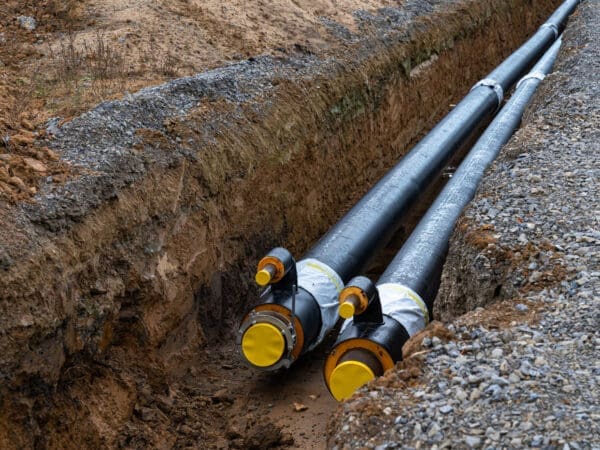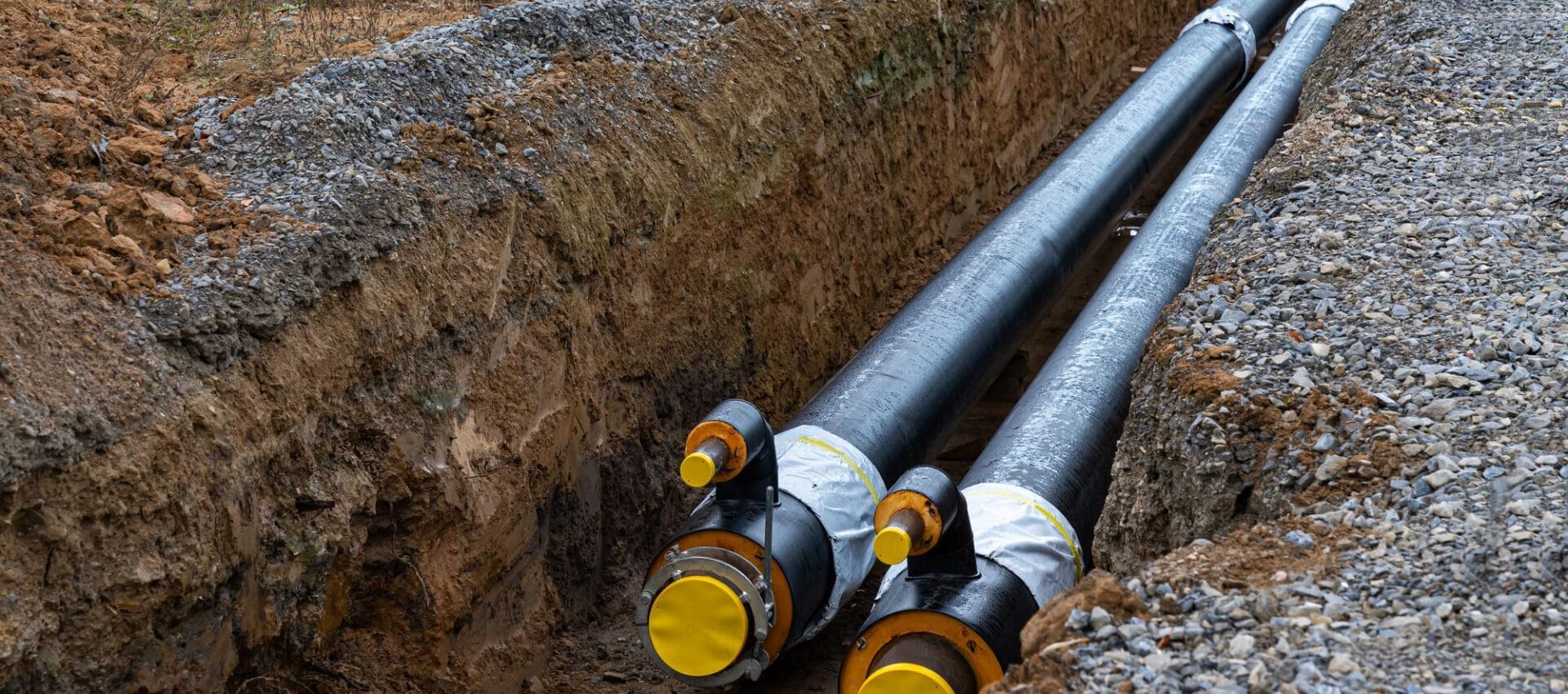
Gas pipelines, the arteries of modern civilization, fuel everything from home heating to industrial powerhouses. However, these essential infrastructures come with their own set of risks. With over 2.5 million miles of natural gas pipelines crisscrossing the United States alone, the potential for leaks and accidents poses a significant concern. Radar technology and 3D mapping have emerged as pioneers in transforming pipeline safety. By leveraging advanced technologies, engineers and safety managers can detect, analyze, and mitigate risks with unprecedented accuracy. Let’s delve into the transformative impact of these technologies on gas pipeline safety.
The Current Landscape of Gas Pipeline Safety
Gas pipelines play a pivotal role in energy distribution, operating under immense pressure with the potential to cause catastrophic damage in the event of a failure. Traditional safety measures primarily involve manual inspections and periodic checks, which, while essential, are often limited by human error and infrequency. As demand for natural gas continues to surge, the industry grapples with challenges such as aging infrastructure and environmental concerns.
Adopting advanced technologies is no longer a choice but a necessity. According to the Pipeline and Hazardous Materials Safety Administration (PHMSA), incidents related to gas pipelines resulted in over $1 billion in damages from 2010 to 2020. These figures underscore the urgent need for an overhaul in safety protocols. Thus, integrating radar technology and 3D mapping presents an enticing opportunity to revolutionize gas pipeline safety.
Radar Technology: A Game Changer in Pipeline Surveillance
Radar technology stands at the forefront of modern safety measures. Utilizing electromagnetic waves, radar systems can penetrate the ground to detect anomalies and potential hazards deep within the pipeline infrastructure. Unlike traditional methods, radar offers the advantage of continuous monitoring, providing real-time data that empowers quick decision-making.
In pipeline surveillance, radar technology can detect pipe corrosion, gas leaks, and even structural weaknesses. Its capabilities extend beyond mere inspection; radar can map entire pipeline networks, highlighting areas that require immediate attention. This proactive approach minimizes risks and ensures that maintenance efforts are both timely and cost-effective.
3D Mapping: Visualizing Pipeline Integrity
While radar technology excels in detection, 3D mapping complements it by visualizing the findings. By creating detailed three-dimensional representations of pipeline systems, engineers can better understand the spatial dynamics of potential issues. This visual clarity allows for more precise planning and intervention strategies, ultimately enhancing pipeline integrity.
Through 3D mapping, operators can simulate various scenarios, from environmental stressors to potential leak points. This predictive modeling is invaluable, enabling stakeholders to foresee challenges and implement preventive measures. As a result, 3D mapping facilitates a more robust and informed decision-making process, safeguarding the pipeline’s lifespan and operational reliability.
The Integration of Radar and 3D Mapping
The synergy between radar technology and 3D mapping is transformative. By integrating these technologies, pipeline operators can harness the strengths of both systems, ensuring a comprehensive approach to safety. Radar provides the depth of detection, while 3D mapping delivers clarity and context.
For instance, when radar detects a potential fault, 3D mapping can illustrate the exact location and severity of the issue. This integrated approach not only optimizes maintenance schedules but also enhances resource allocation. As a result, operators can address high-priority areas with precision, reducing downtime and preventing costly repairs.
Overcoming Challenges in Implementation
While the advantages of radar technology and 3D mapping are clear, implementing these systems presents its own set of challenges. Cost remains a significant barrier, particularly for smaller operators. However, as technology advances, the cost of deploying these sophisticated systems continues to decrease, making them accessible to a broader range of stakeholders.
Moreover, managing the vast amounts of data generated by these technologies requires robust analytical tools and trained personnel. Investment in data analytics and workforce development is crucial to fully leverage the potential of radar and 3D mapping. By addressing these challenges head-on, the industry can pave the way for safer and more efficient pipeline operations.
Regulatory Support and Industry Standards
The role of regulatory bodies in promoting pipeline safety cannot be overstated. Agencies such as PHMSA and the Canadian Energy Regulator have been instrumental in advocating for advanced safety measures, including the adoption of radar technology and 3D mapping.
Regulatory frameworks now increasingly prioritize technology-driven safety enhancements. By aligning industry standards with technological capabilities, regulatory authorities help ensure that pipeline operators can deliver on their commitment to safety without compromising on efficiency or cost-effectiveness.
Environmental Benefits of Enhanced Pipeline Safety
Beyond immediate safety concerns, deploying radar technology and 3D mapping has significant environmental implications. By reducing the likelihood of leaks and ruptures, these technologies help prevent hazardous spills and emissions, contributing to a cleaner, more sustainable environment.
Furthermore, the precision offered by these technologies enables targeted maintenance, minimizing the environmental footprint of repair operations. As the global focus shifts toward sustainability, enhancing pipeline safety through innovative technologies becomes a crucial aspect of environmental stewardship.
Future Prospects: The Next Frontier in Pipeline Safety
As technology continues to evolve, the future of gas pipeline safety appears promising. Innovations such as artificial intelligence and machine learning are poised to take radar and 3D mapping capabilities to new heights, offering even greater levels of accuracy and efficiency.
The potential for these advanced systems to integrate with the Internet of Things (IoT) further enhances their utility, allowing for seamless, remote monitoring and control. By embracing this technological revolution, the gas pipeline industry stands to achieve unprecedented levels of safety and operational excellence.
Invitation to Connect with Leaders in the Field
In conclusion, the integration of radar technology and 3D mapping represents a significant leap forward in gas pipeline safety. These innovative solutions provide the tools necessary to address the complex challenges of modern pipeline operations. Industry leaders like PCM CLOUD by Procimec Engineer are at the forefront, offering expert services across Latin and North America. To explore further and engage with pioneering solutions, we invite you to connect with PCM CLOUD by Procimec Engineer, the distinguished provider of cutting-edge pipeline safety technologies.
3D Mapping Gas Pipeline Safety Ground Penetrating Radar Infrastructure Maintenance Pipeline Integrity
Last modified: October 20, 2024








